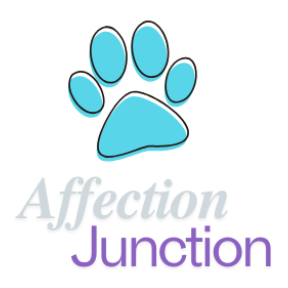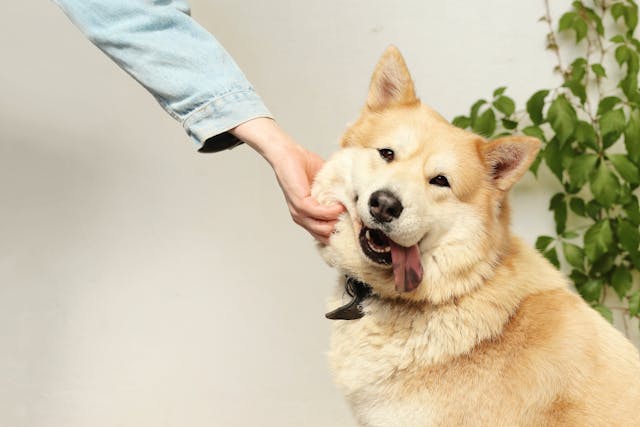Ever wonder how your furry friend shows they’re on cloud nine? Dogs are emotional creatures, and their joy is one of the most heartwarming things to witness. From wagging tails to playful antics, they have countless ways of saying, “I’m happy!” Let’s dive into the beautiful world of canine happiness and discover how to spot these moments of pure bliss.
The Science Behind Dog Emotions
Believe it or not, dogs experience emotions similar to humans. Thanks to the feel-good hormones like oxytocin and dopamine, they can show happiness, love, and even excitement. As social animals, dogs evolved to thrive in close-knit packs, which is why their bond with humans plays such a huge role in their joy. Simply put, when your dog is happy, you’re probably the star of their happiness show!
Signs of a Happy Dog
Physical Expressions
One of the easiest ways to tell if your dog’s living their best life is through their body language. Picture this: a wagging tail, relaxed posture, and a slightly open mouth that almost looks like a smile. That’s a happy pup right there! And if they suddenly burst into a case of the zoomies—those frantic, joyful sprints around the house or yard—it’s their way of letting loose.
Their eyes also say it all. Soft, sparkly eyes with no tension around the face? That’s a content dog. On the flip side, stiff postures or a tucked tail might mean they’re feeling uneasy.
Vocal Cues
Dogs have a variety of “happy sounds.” Excited barks when you come home, playful growls during a game of tug-of-war, or those adorable little sighs when they’re snuggling—these are all signs of joy. Just like humans, they have their own unique way of talking, and it’s worth paying attention.
Behavioral Clues
A happy dog is an affectionate dog. They’ll follow you around, bring you their favorite toy, or even nudge you for a good ol’ belly rub. They might also eat and sleep well—both are key indicators that they’re feeling great physically and emotionally.
Joy in Action: How Dogs Show Happiness with Others
With Humans
Ever been greeted by a dog who jumps, wiggles, and wags their entire body when they see you? That’s love and excitement rolled into one. They’ll also lick your face, lean into you, or roll over to show their trust.
With Other Dogs
When dogs are happy around their peers, you’ll notice playful bows, chasing games, and lots of sniffing (because, well, sniffing is their version of small talk). It’s like watching a group of toddlers having the time of their lives.
What Affects a Dog’s Happiness?
Happiness doesn’t happen by accident—it’s a combination of factors. Let’s explore what keeps their tails wagging.
A Cozy Environment
A safe, loving home is the foundation of any dog’s happiness. They thrive in spaces where they feel secure and stimulated. A mix of calm downtime and exciting adventures? That’s the sweet spot.
Good Health
Nothing ruins a dog’s day like feeling under the weather. Regular vet visits, nutritious food, and staying hydrated go a long way in ensuring they’re not just surviving but thriving.
Quality Time with You
You’re the center of your dog’s universe. Whether it’s playing fetch, taking a walk, or just chilling on the couch, your presence makes them happy. Even a few minutes of focused attention can light up their world.
Activities That Bring Pure Joy to Dogs
Want to boost your dog’s happiness? Try these fun activities:
- Playtime Galore: Games like fetch, tug-of-war, or hide-and-seek never get old.
- Exploring Together: Take them on a hike, let them sniff around the park, or go for a car ride.
- Mental Stimulation: Puzzles, training sessions, and treat-dispensing toys are great for keeping their minds sharp and spirits high.
- Socializing: A playdate with other dogs or a trip to the dog park can make their day.
Misinterpreted Behaviors: When It’s Not Happiness
Sometimes, what looks like joy might be something else entirely. A wagging tail doesn’t always mean happiness—it could indicate excitement, nervousness, or even frustration, depending on the situation. Similarly, over-the-top barking or panting might be signs of stress rather than glee. Learning to read these nuances can help you respond appropriately to your dog’s needs.
Building a Happier Bond with Your Dog
Strengthening your relationship with your dog is the key to their happiness. Here are a few tips:
- Understand Their Personality: Every dog is unique. Some love a good cuddle, while others prefer a game of fetch.
- Be Consistent: Routines help dogs feel secure, so try to keep their day predictable but fun.
- Shower Them with Love: Positive reinforcement, kind words, and affection go a long way.
Conclusion: The Joy of a Happy Dog
There’s nothing quite like the joy of seeing a happy dog. Their wagging tails, goofy grins, and endless energy are contagious, filling our lives with unconditional love. By understanding how dogs express happiness and meeting their emotional and physical needs, you can create a bond that’s full of tail-wagging moments.
So, the next time your dog zooms across the yard or drops their favorite toy in your lap, remember: they’re not just happy—they’re showing you they love life, and they love you.



